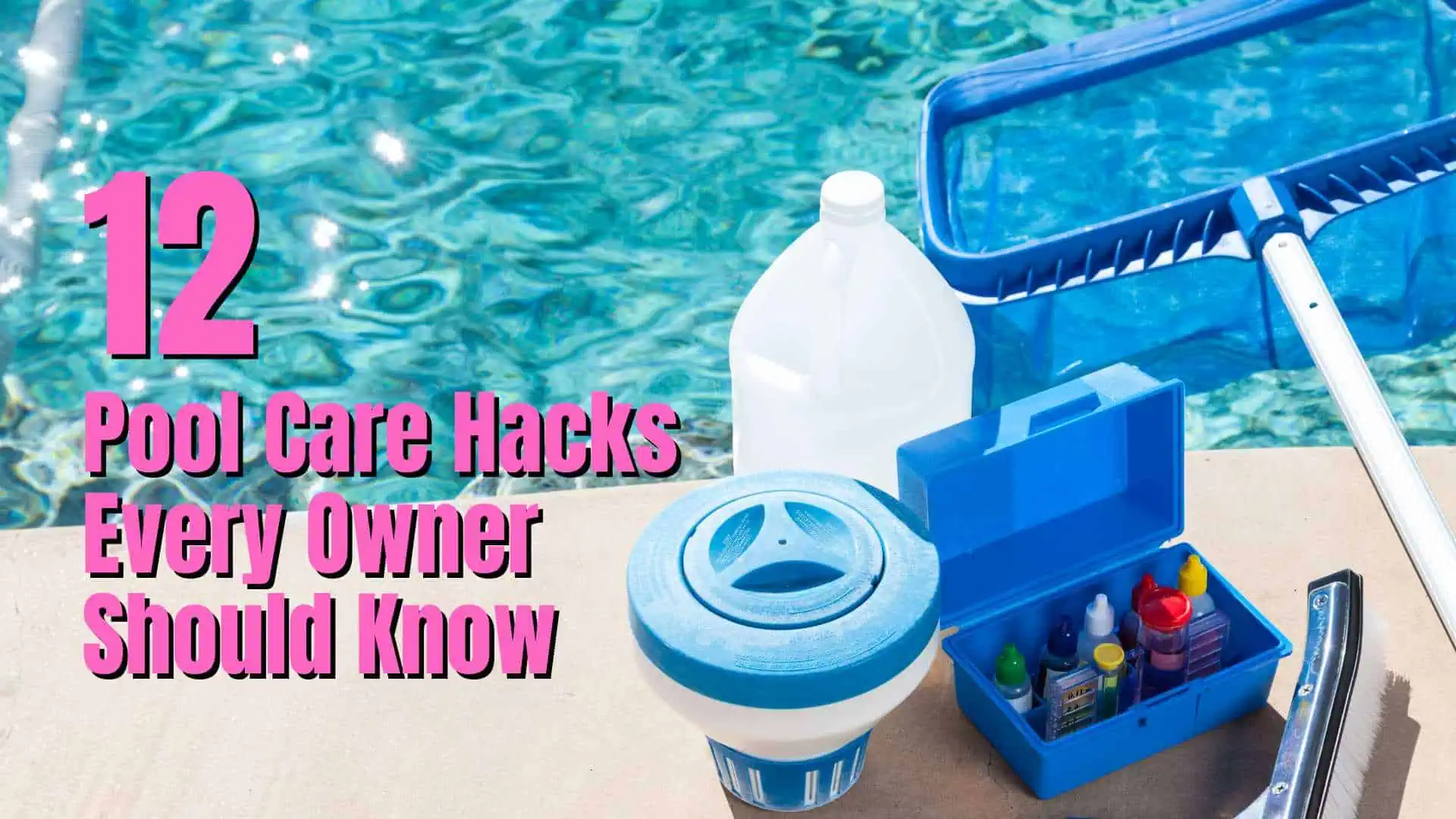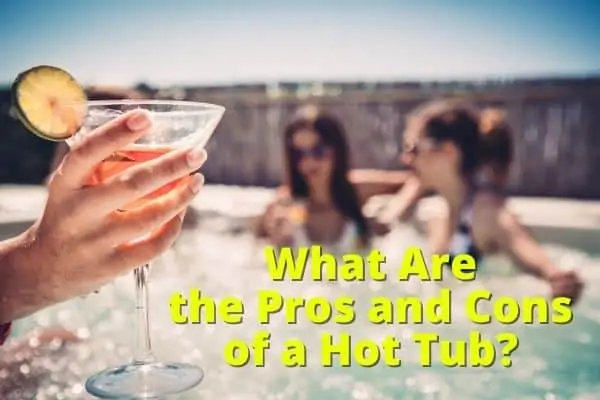Diving into a crystal-clear swimming pool is one of the most refreshing experiences on a hot summer day. But maintaining that pristine, inviting water requires a well-functioning pool vacuum to keep dirt, debris, and algae at bay.
Like any complex system, pool vacuums can encounter a variety of issues that impact their suction power, leaving you with a less-than-sparkling pool.
In this guide, we’ll explore 15 reasons that can give low pool pump pressure and provide you with actionable solutions to ensure your pool remains clean and clear.
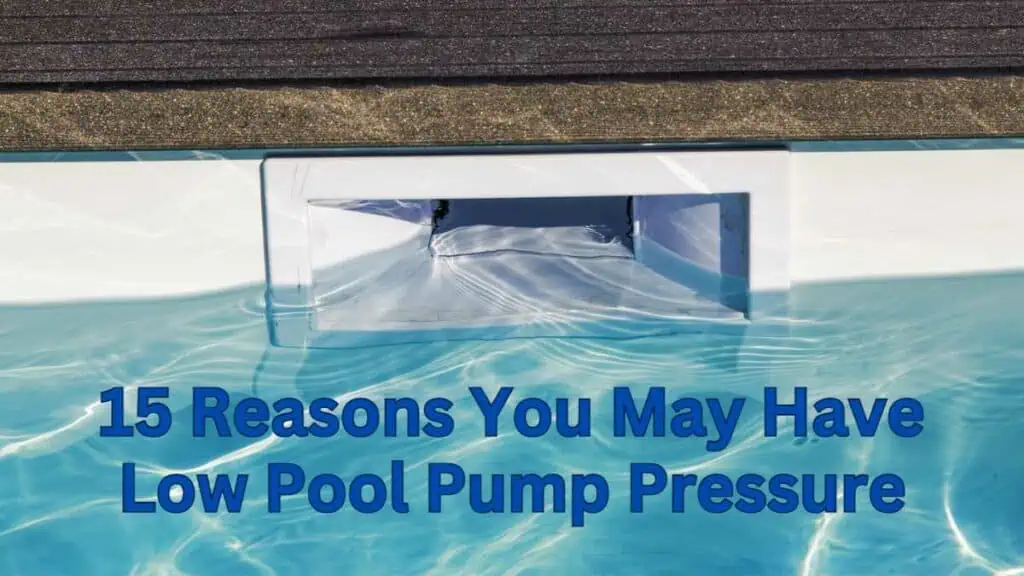
1. Clogged or dirty filter
A clogged or dirty filter can impede the flow of water, reducing the vacuum’s suction power.
One way you may be able to tell is to check your pool filter pressure gauge which will conversely show a higher pressure than normal. A high pressure there means the pump is having to work hard to push water through the filter.
Filters should be regularly cleaned or replaced to maintain proper water flow and ensure efficient pool cleaning.
Read: How to Clean Pool Filter Cartridges and How to Backwash a Sand Filter
2. Debris in the pump basket
A clogged pump strainer basket can restrict water flow and reduce the vacuum’s suction power.
Regularly emptying and cleaning the pump basket can help maintain optimal suction.
3. Poor water level
If the pool’s water level is too low, the skimmer may suck in air, reducing the vacuum’s suction power.
Ensure the water level is within the appropriate range to maintain proper suction. Normally the level should be roughly halfway up the skimmer opening.
4. Worn or damaged vacuum head
A vacuum head with worn brushes or a damaged base may reduce the suction power by not creating a proper seal against the pool surface.
I have had the nylon bristles on two pool vacuum heads that have rotted due to the chemicals and exposure to the sun. This caused the bristles to fall out or break off when reduced the suction when vacuuming.
Inspect and replace the vacuum head if necessary.
5. Damaged or loose vacuum plate
A poor seal on the vacuum plate, due to damage or improper installation, can lead to a loss of suction.
Ensure the vacuum plate is in good condition and properly secured.
6. Blocked or damaged hoses
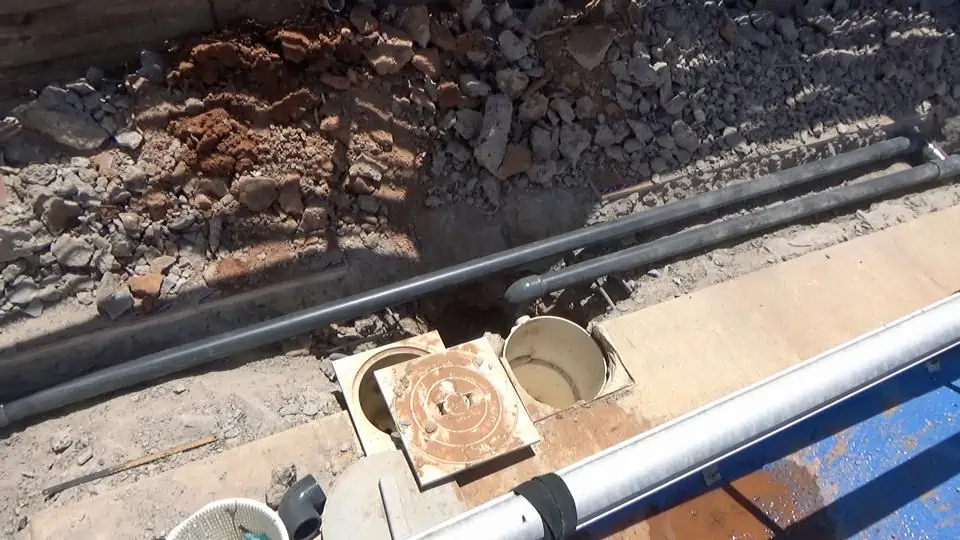
Hoses that are obstructed or damaged can decrease the suction power of your pool vacuum. For example, a crack in a hose may be letting in air. In fact, I had a flexible pipe from the skimmer that had collapsed reducing the flow that had to be replaced with rigid pipes.
It is essential to inspect hoses for kinks, cracks, or blockages and replace them if necessary.
7. Air leaks in the system
Leaks in the pump, hoses, or connections can cause a drop in suction power by introducing air into the system.
Regularly inspect your equipment for leaks and fix any issues to maintain optimal suction.
8. Clogged or damaged impeller
A blocked or damaged impeller can reduce the pump’s efficiency and suction power.
Inspect the pool pump impeller for debris, damage, or wear, and clean or replace it if necessary. You can often do this by putting your hand in the pump strainer housing and slipping a finger into the pump opening. You can normally feel for any blockages and check that the impeller can rotate freely.
9. Incorrect pump size
A pump that is too small or too large for your pool can lead to finding the pool pump pressure low by not providing the optimal water flow.
Consult a pool professional to ensure you have the correct pump size for your pool.
10. Obstructed or damaged pool skimmer
A damaged or blocked pool skimmer can hinder water flow and reduce suction power.
Clean the skimmer basket and inspect the skimmer for damage, repairing or replacing as needed.
11. Worn or damaged pump seals
A pump with worn or damaged seals can mean the pool pump pressure is low due to leaks or inefficiencies.
Inspect the pump seals regularly and replace them as needed to maintain proper suction.
12. Incorrect valve settings

Incorrectly set valves can reduce the water flow and affect suction power.
Ensure that valves controlling the flow from the skimmers and main drain are set to the appropriate positions to allow for optimal water flow through the vacuum system.
13. Blocked or damaged pool return lines
Obstructions in the return lines can restrict water flow and reduce the vacuum’s suction power.
Inspect return lines for blockages, damage, or leaks, and address any issues promptly.
14. Pump motor issues
A failing or inefficient motor can mean pool pump low pressure resulting in reducing the vacuum’s suction power.
Regularly inspect the pool pump motor for signs of wear, overheating, or failure, and consult a pool professional if necessary for repairs or replacements. If the bearings are going you will hear a high-pitched squeal when it is running.
15. Debris build-up in the pool
Excessive debris in the pool can overwhelm the vacuum, reducing its suction capabilities.
Regularly remove large debris from the pool using a good pool net and ensure the vacuum is properly maintained to prevent loss of suction.
Pool Care Handbook and Video Course
When I bought my house with a swimming pool, I knew absolutely nothing about pool care. I just winged it for a while, making many mistakes along the way.
Fortunately, I was recommended Swim University’s Pool Care Handbook and Video Course. I bought it and it was an absolute game-changer.
It was the best money I spent that year. I learned everything from basic cleaning to advanced troubleshooting. Swim University offers a no-quibble refund policy too so what do you have to lose?
FAQs
How often should I clean or replace my pool filter to maintain optimal suction?
The frequency of cleaning or replacing your pool filter depends on the type of filter you have. Cartridge filters should be cleaned every 2-4 weeks and replaced every 1-2 years. Sand filters require backwashing every 1-4 weeks and a sand change every 3-5 years. DE filters should be backwashed every 1-2 months and have new DE added after each backwash.
How can I prevent air leaks in my pool vacuum system?
Regularly inspect your equipment for signs of wear, damage, or loose connections. Ensure that hoses, fittings, and seals are in good condition and properly secured. If you notice any issues, address them promptly to maintain optimal suction.
Why is my pool vacuum not picking up debris as effectively as before?
Why is my pool vacuum not picking up debris as effectively as before?A: There could be several reasons, such as a clogged filter, blocked hoses, worn vacuum head, or debris in the pump basket. Inspect your pool vacuum system and address any issues to improve its debris-removal efficiency.
What is the appropriate water level for maintaining good suction in my pool vacuum?
The ideal water level is typically halfway up the skimmer opening. This ensures the skimmer can effectively draw water without sucking in air, which can reduce the vacuum’s suction power.
How do I know if my pool pump is the correct size for my pool?
Consult a pool professional or your pool’s manufacturer for guidance on the appropriate pump size. The correct pump size depends on factors such as pool volume, plumbing size, and the type of pool equipment you have. Using the right-sized pump ensures optimal water flow and suction power for your pool vacuum system.
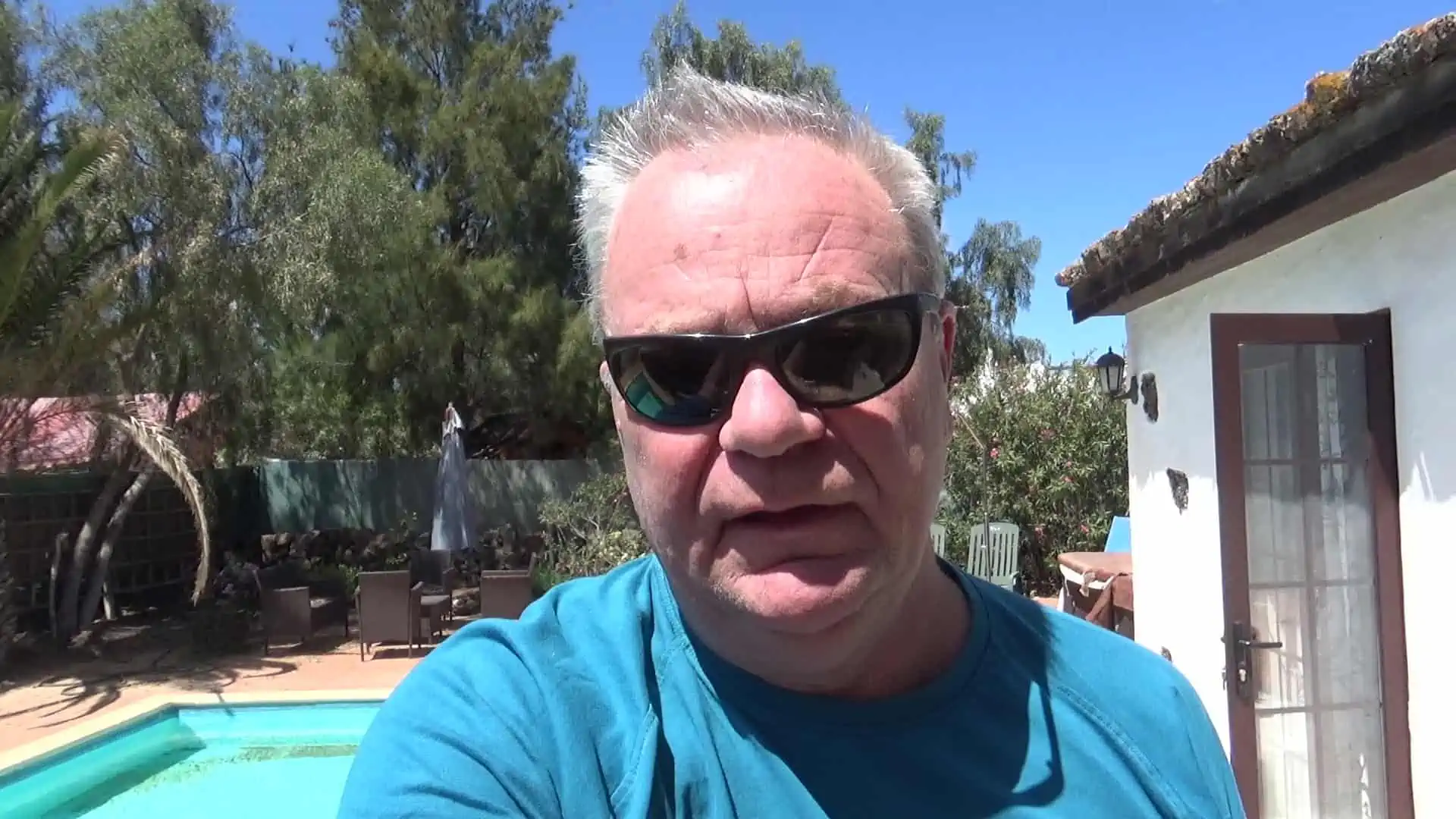
I have had hot tubs for over 20 years and a pool for the last 10 years. I had to learn how to clean, maintain and fix them the hard way. Since then I have helped many friends and neighbors with their pools and now I want to share everything I have learned with you. About Me


